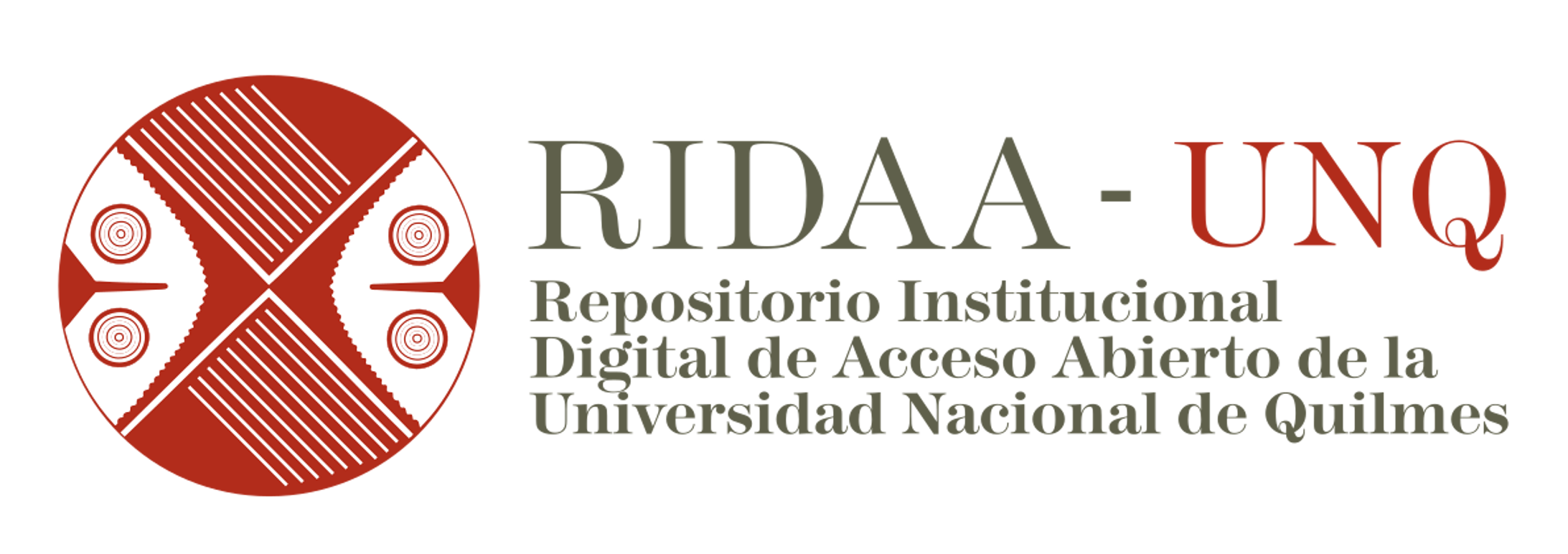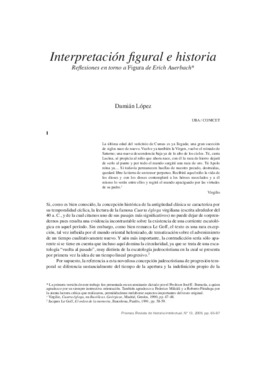Interpretación figural e historia : reflexiones en torno a Figura de Erich Auerbach
Abstract
El presente artículo examina el análisis del filólogo alemán Erich Auerbach (1892-1957) acerca de la interpretación figural, una hermenéutica cristiano medieval en la cual sentido histórico y sentido velado de los hechos previos a la encarnación coexisten dentro de una configuración que vincula horizontalmente pasado, presente y futuro (como expectativa escatológica) en una trama garantizada a su vez por una trascendencia que conecta “verticalmente” el acaecer con el plan divino. El descubrimiento de Auerbach sobre este tipo de interpretación, diferente a la simbólica y alegórica, se presentó por primera vez en su artículo “Figura” de 1938, y resultó crucial para su fundamentación del particular tipo de realismo literario presente en la obra de Dante (al cual le había dedicado previamente un libro), y para su tratamiento posterior acerca de los cambios en las formas de representación en la literatura occidental. Pero además del interés que pudiese tener esto para la historia de la literatura en general y para la obra de Auerbach en particular, se trata de una problemática que alcanza diversos aspectos de la historia medieval cristiana en sentido mucho más amplio e incluso, más allá de la misma, la reflexión acerca de diversas concepciones sobre la temporalidad, promoviendo el pensamiento de la misma materia sobre la cual trabaja el historiador. This article examines the german philologist Erich Auerbach’s (1892-1957) analysis about the figural interpretation, a christian medieval hermeneutics in which both the historical and the veiled sense of the encarnation’s previous facts coexist within a configuration that links horizontally past, present and future (like escathological expectations) in a plot underwritten by a transcendence that connects “vertically” the occurence to the divine plan. The Auerbach’s discovery of this kind of interpretation, different from symbolic and alegorical ones, was first introduced in his article “Figura” in 1938, turning out crucial for both his argument for the particular type of literary realism in Dante’s work (to whom he previously has devoted a book), and his later assessment about the changes in western literature ways of representation. But besides the interest that this would have for the literarature history in general, and for the Auerbach’s work in particular, it implies a question that reaches different aspects of the christian medieval history in a wider sense and, furthermore, the reflectiveness on the different conceptions of temporality that encouraging the thought over the same materials of historian’s work.

